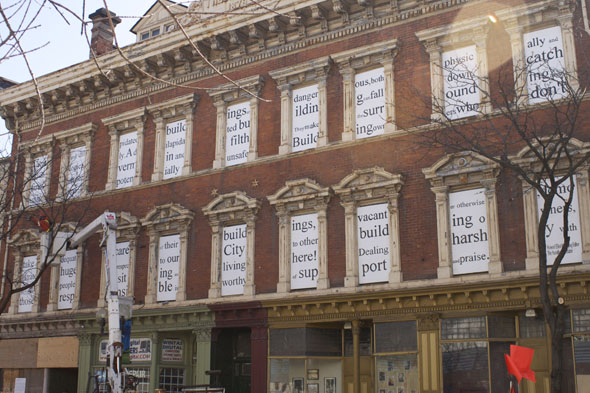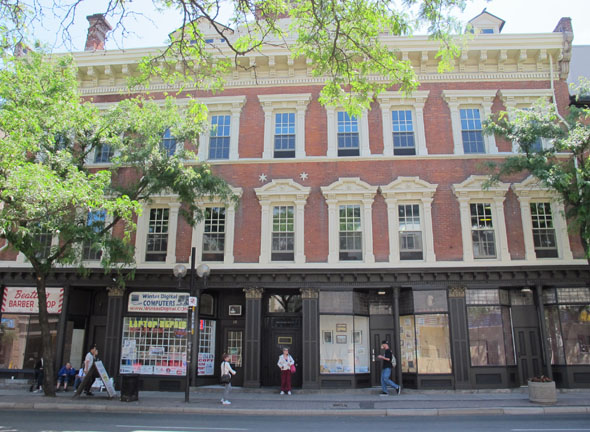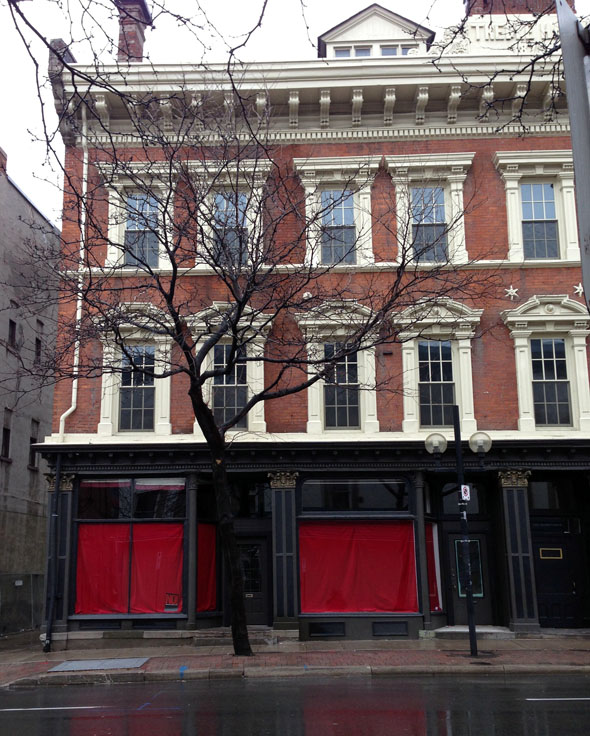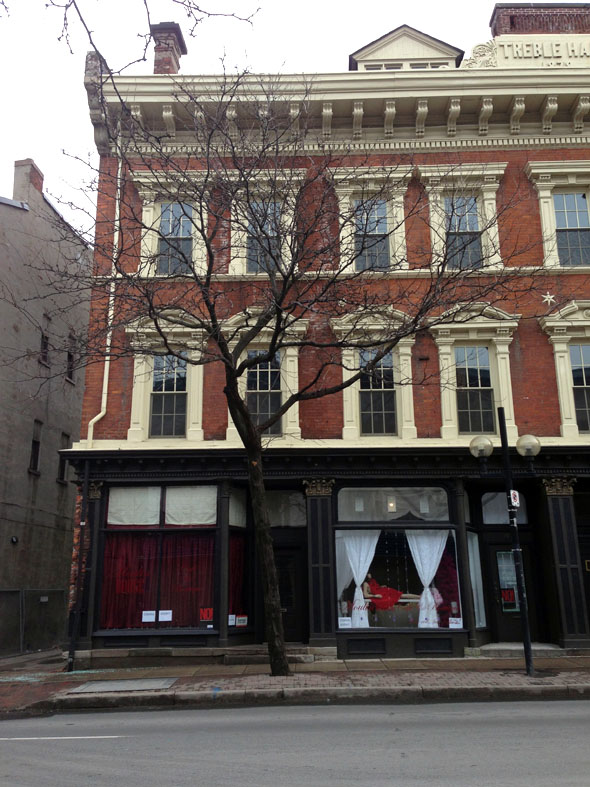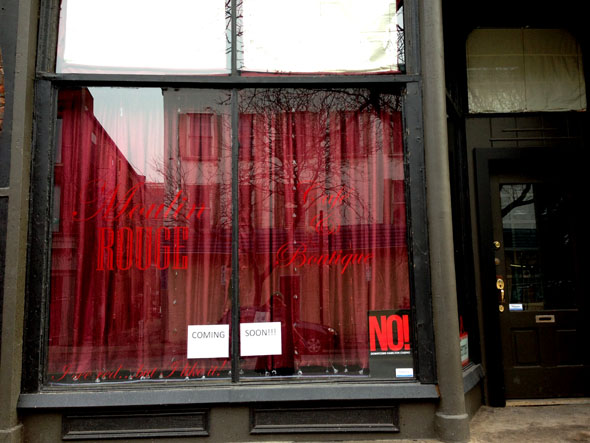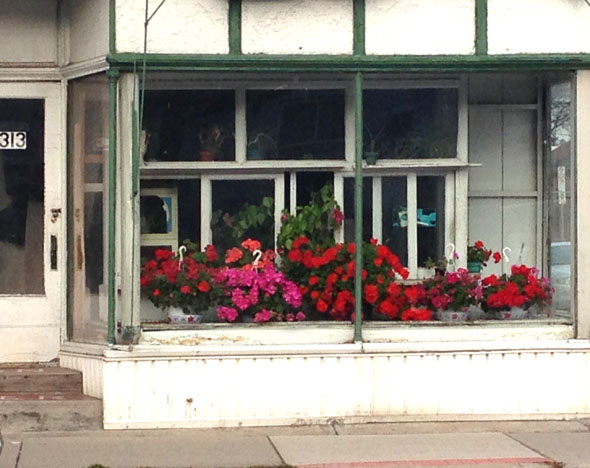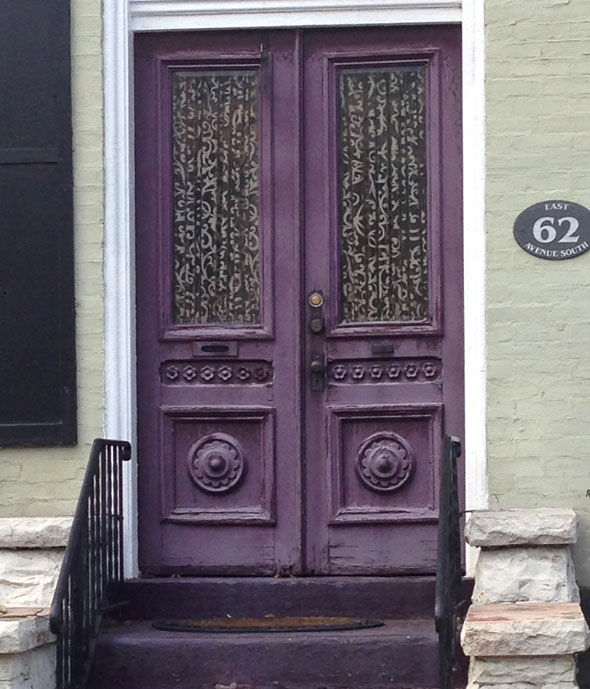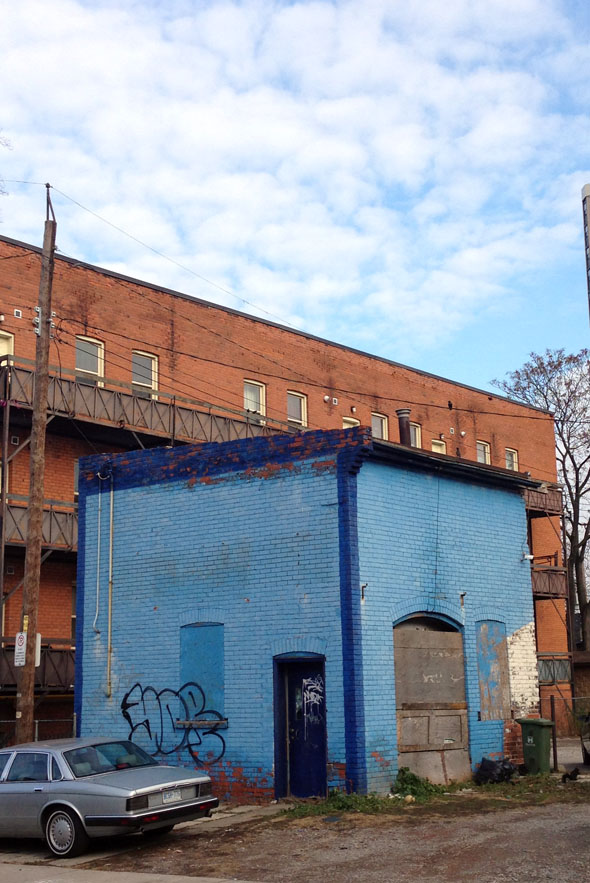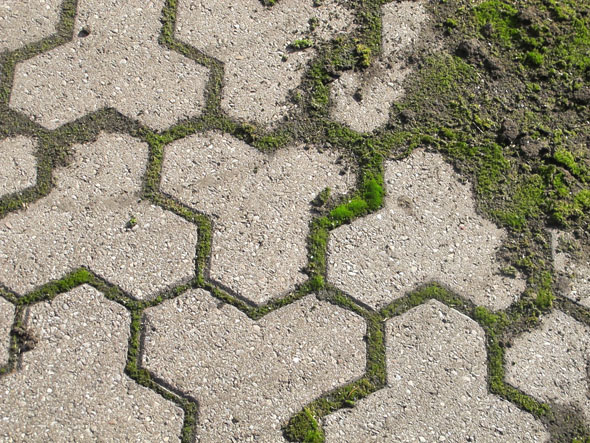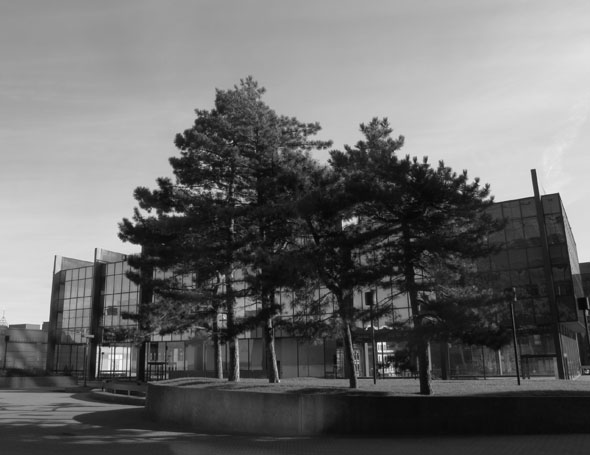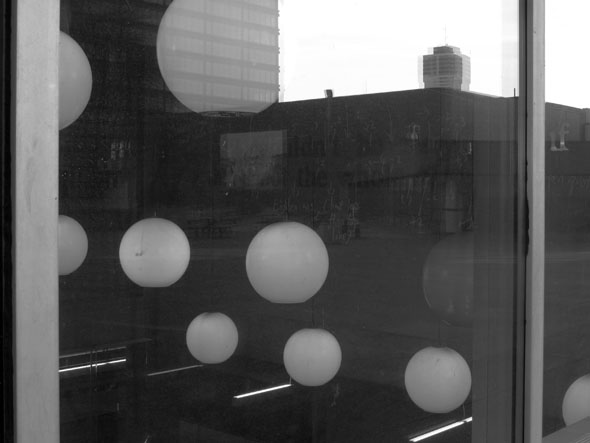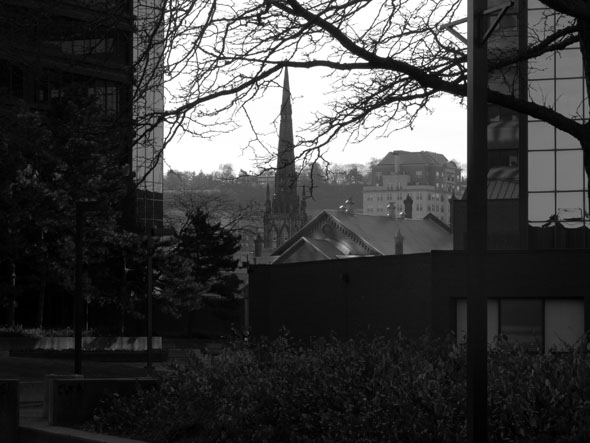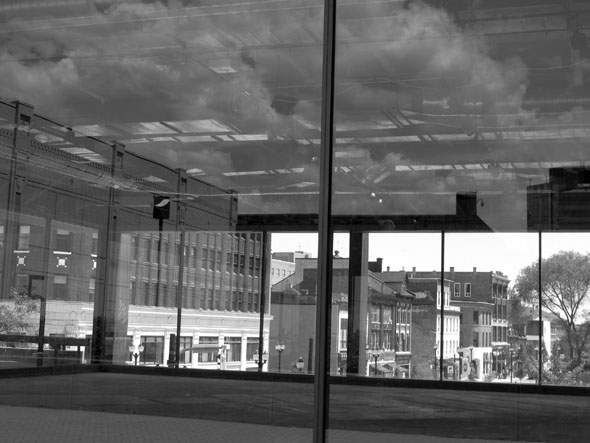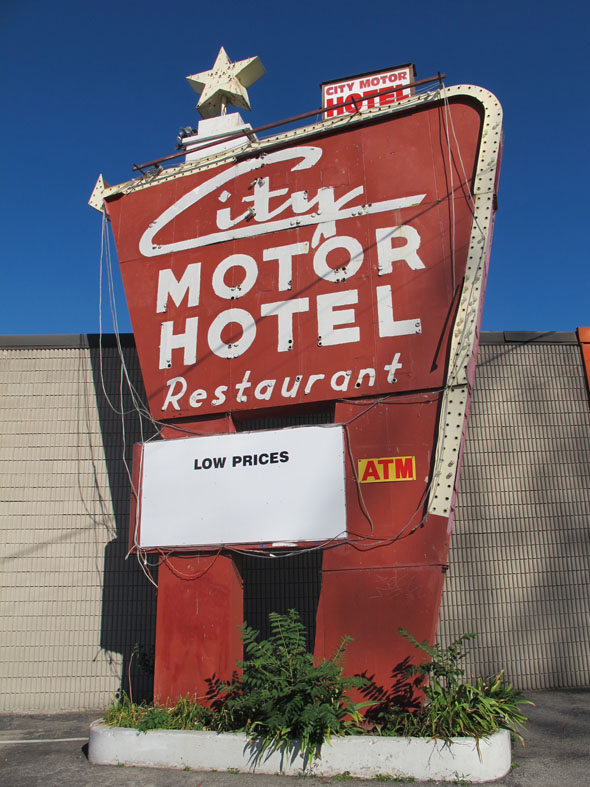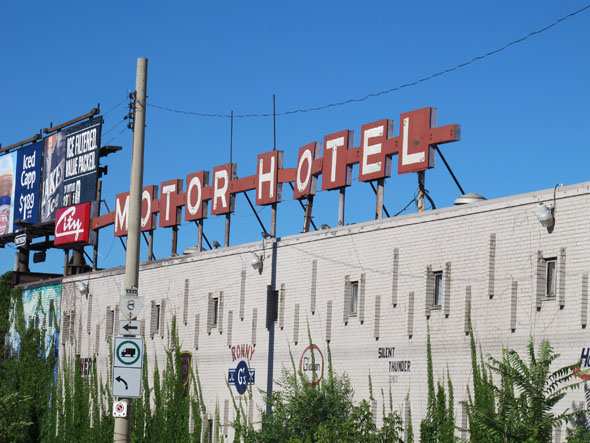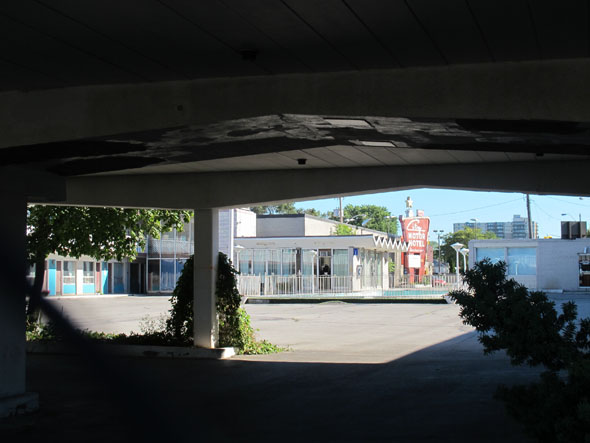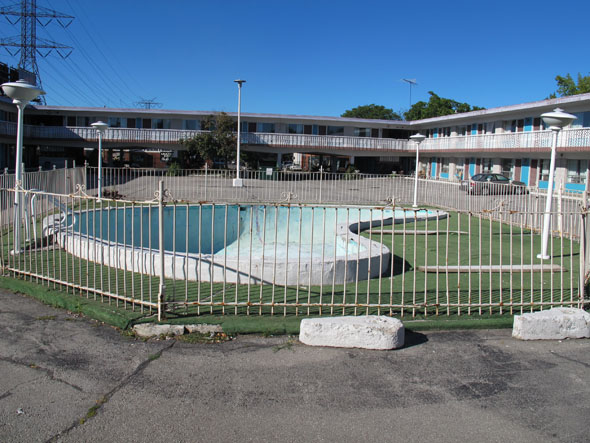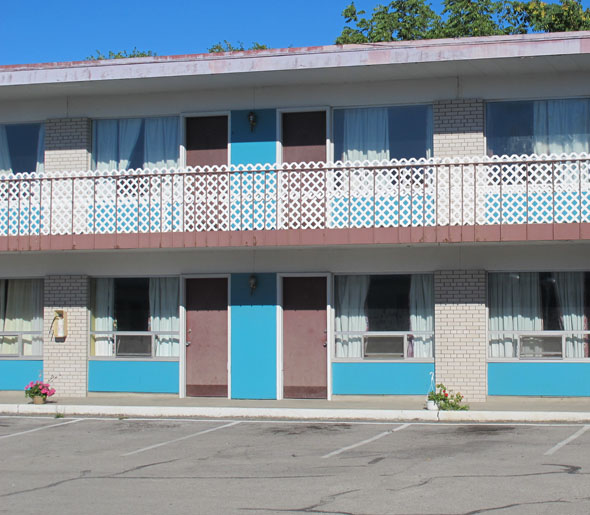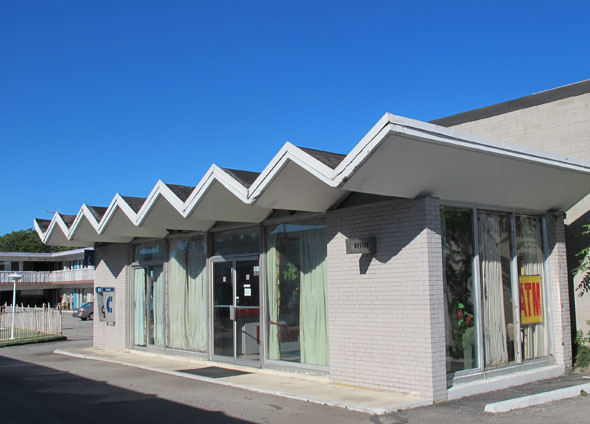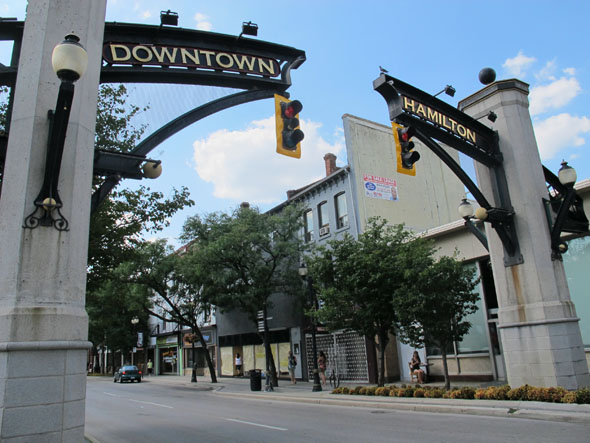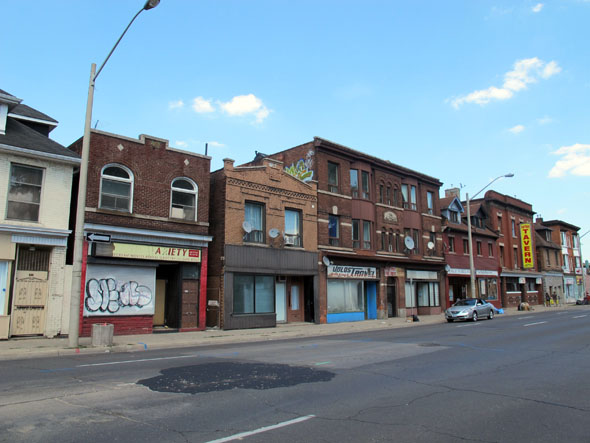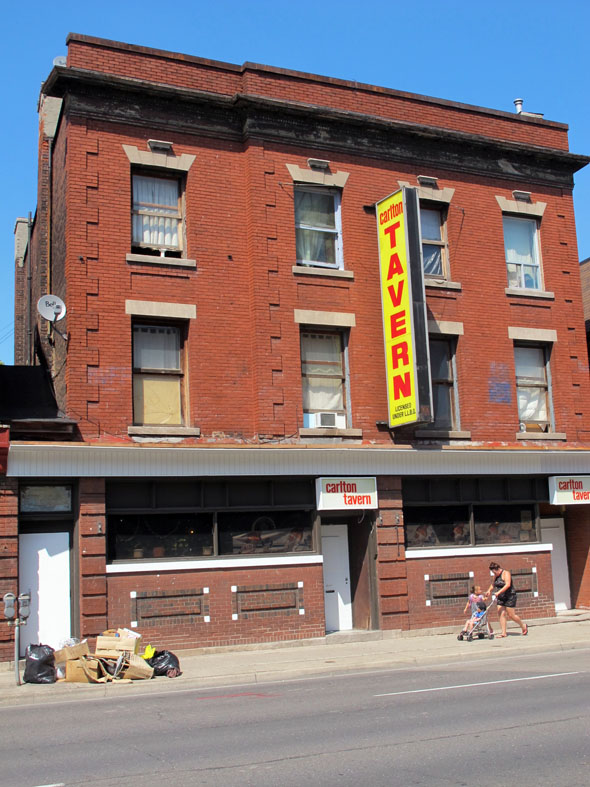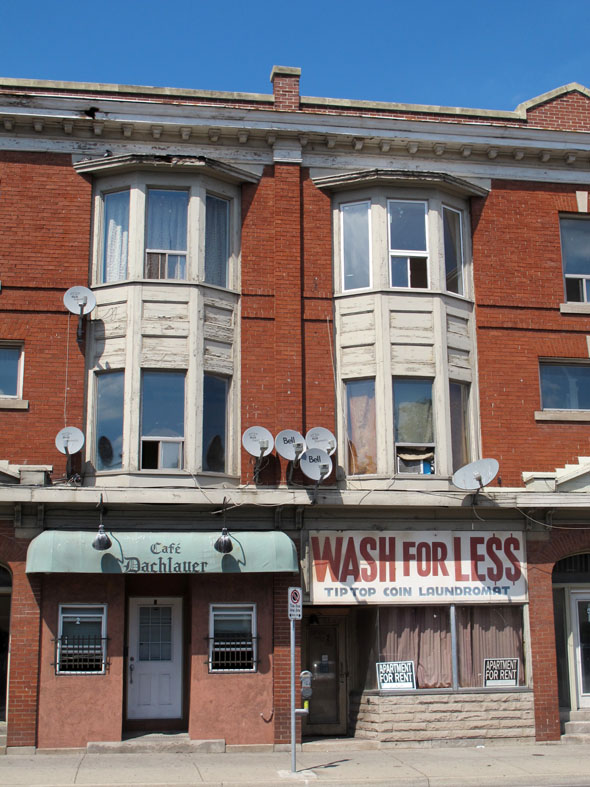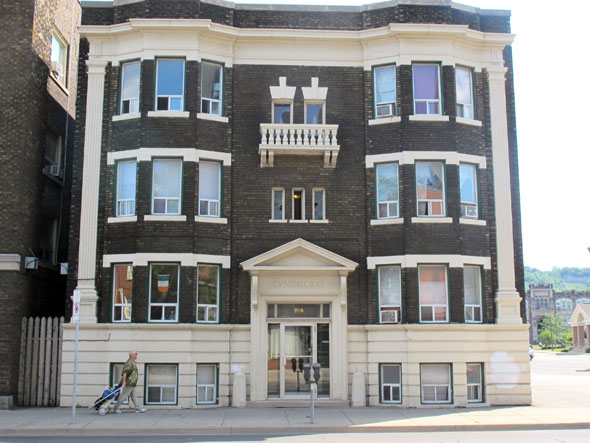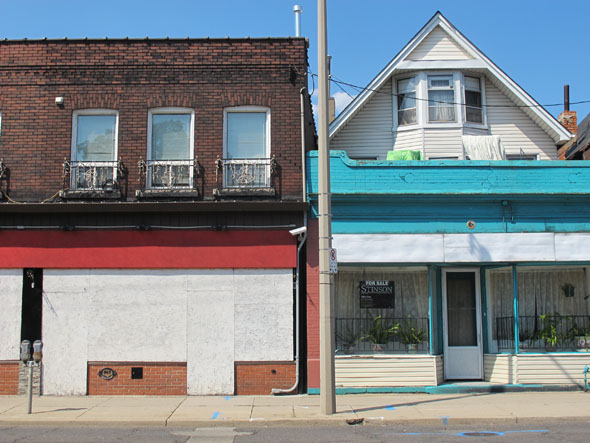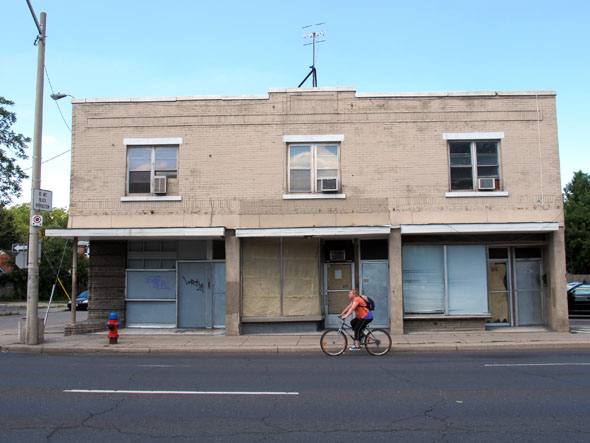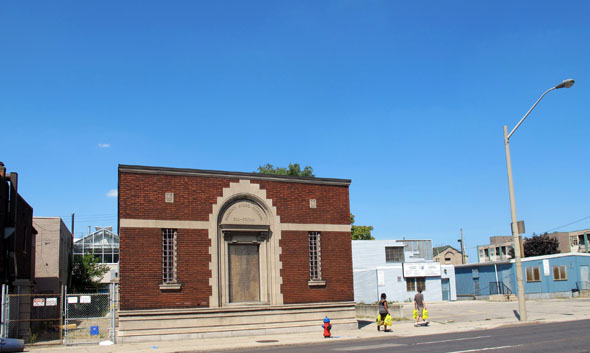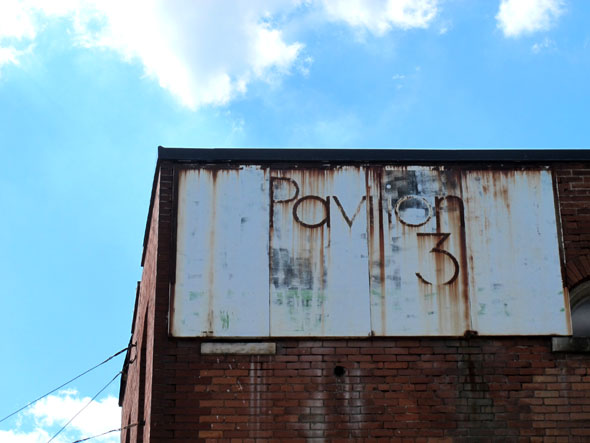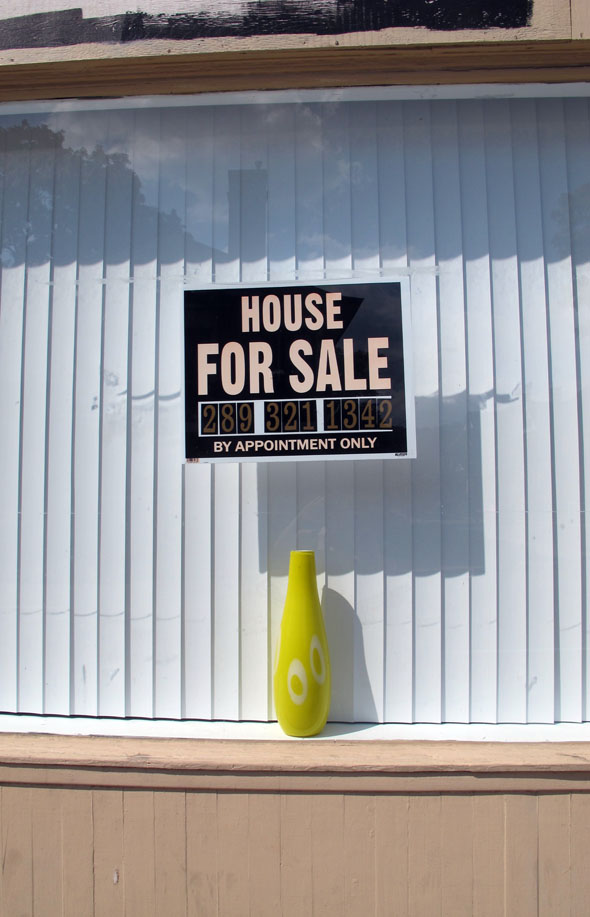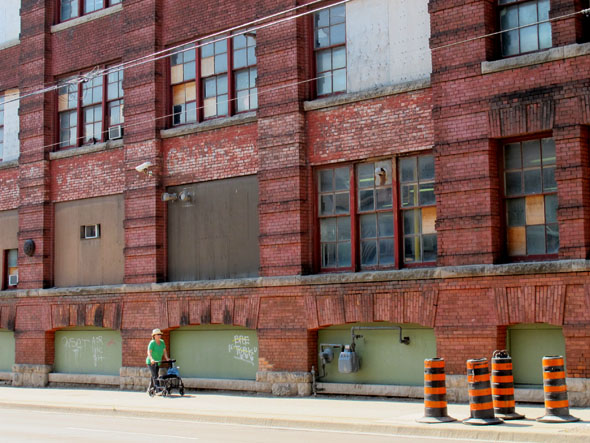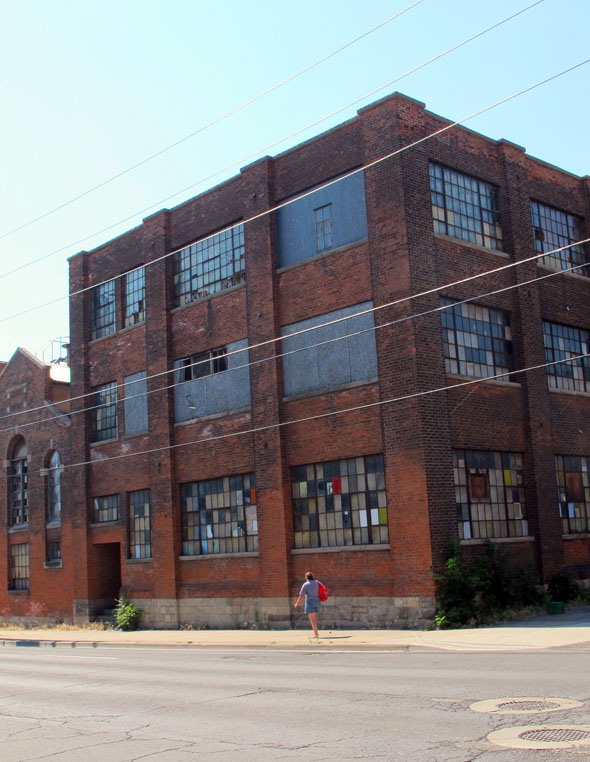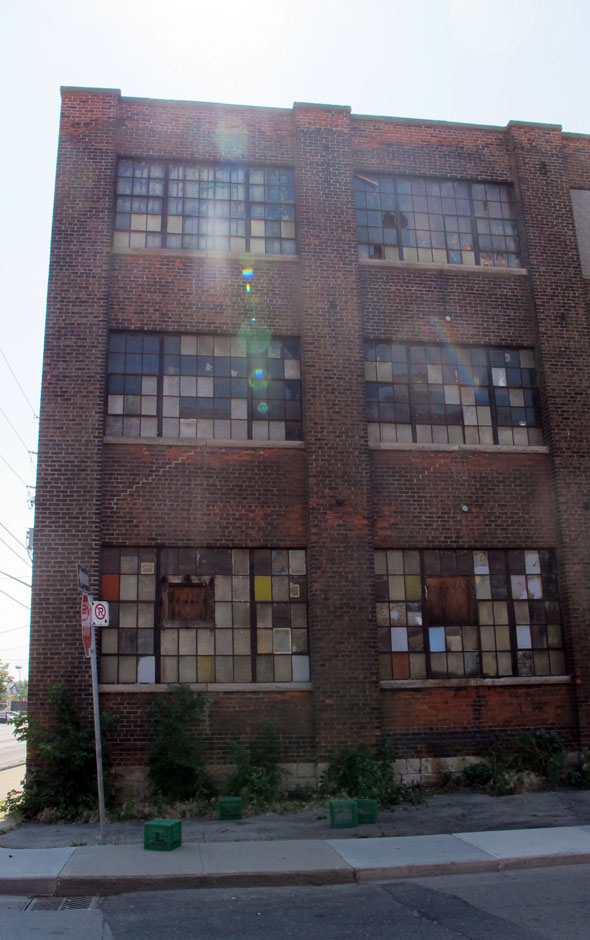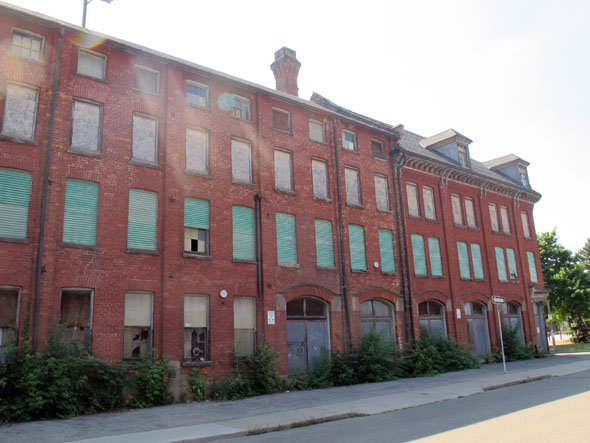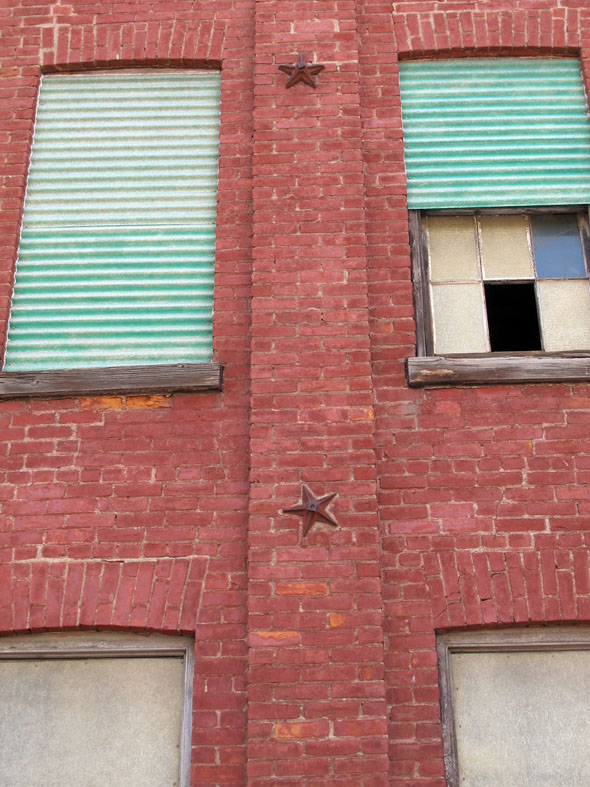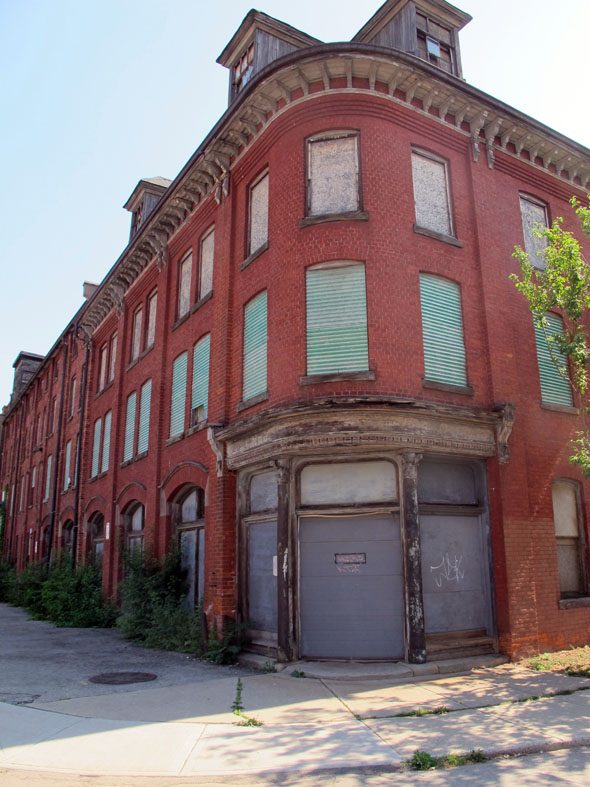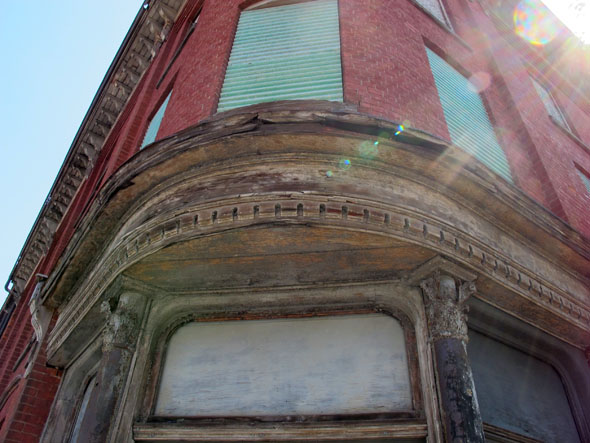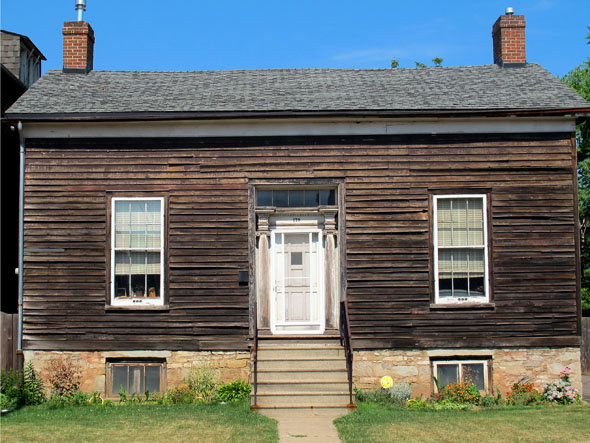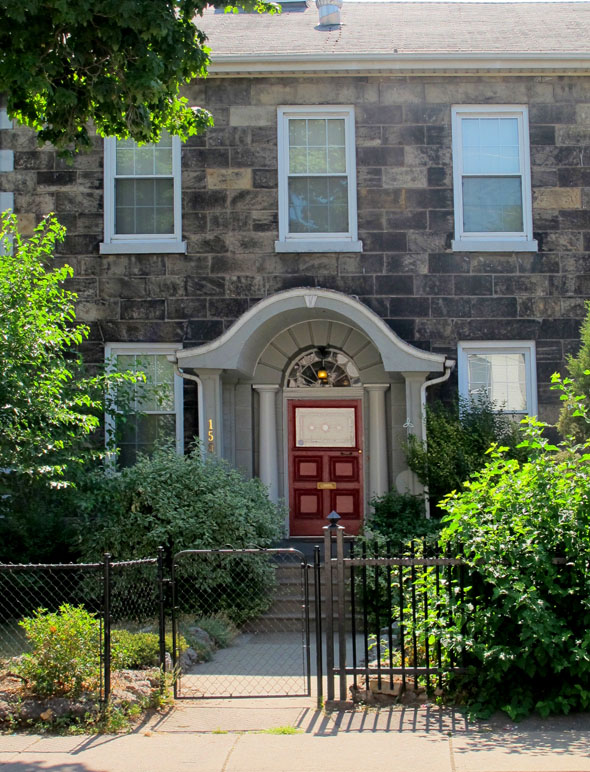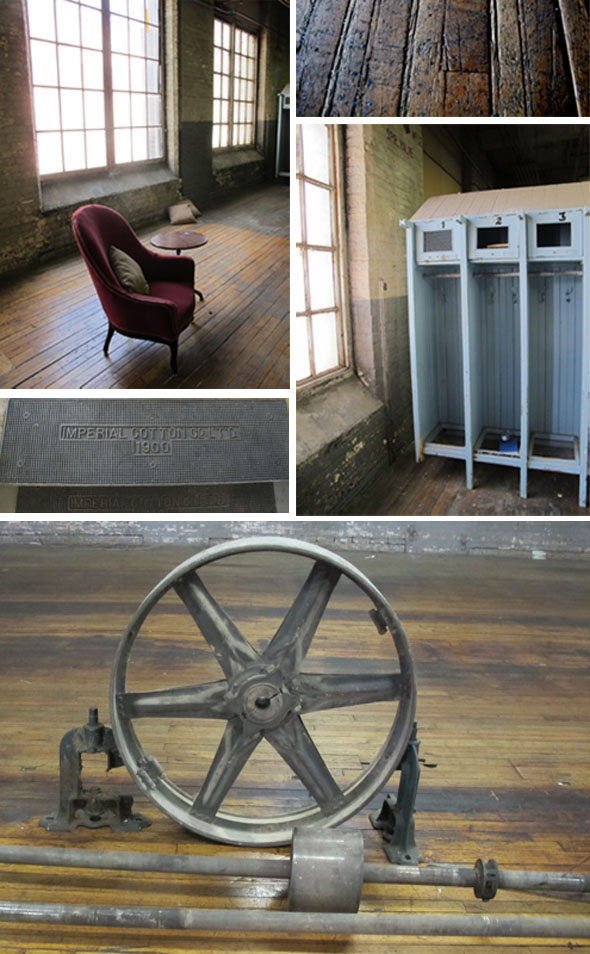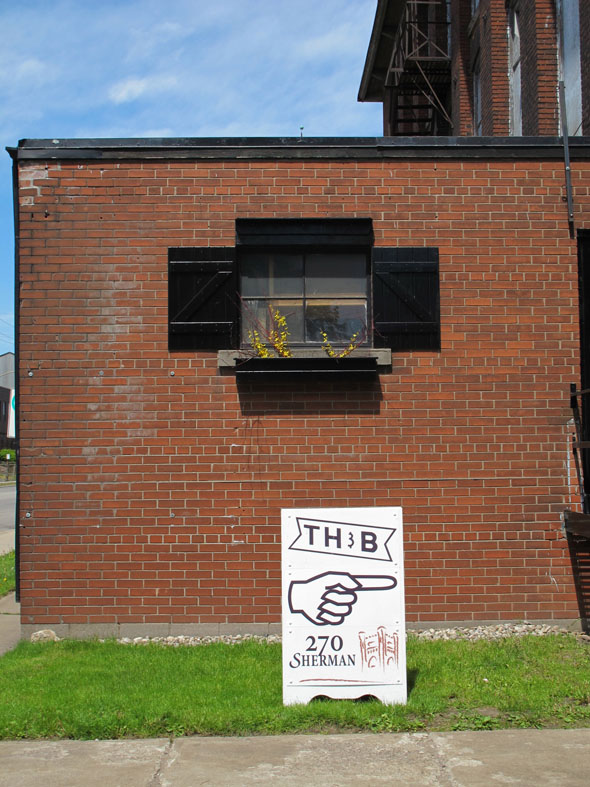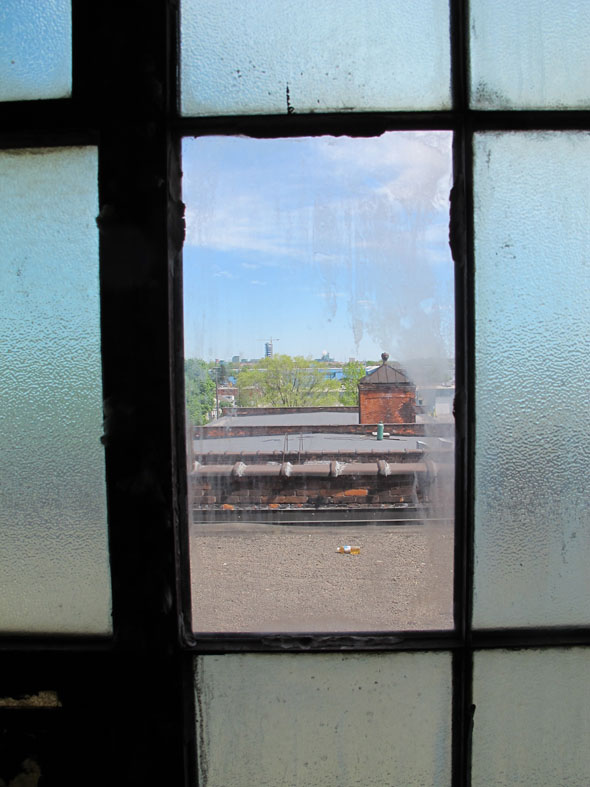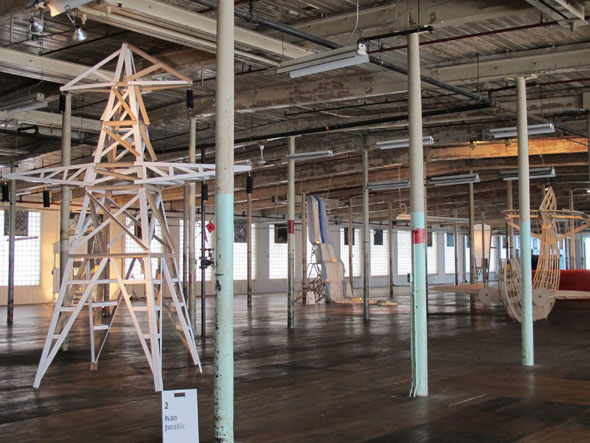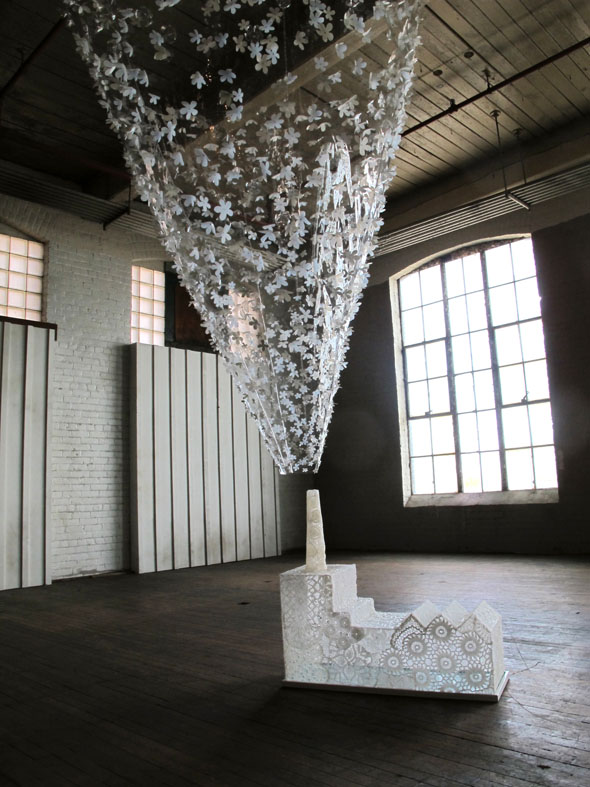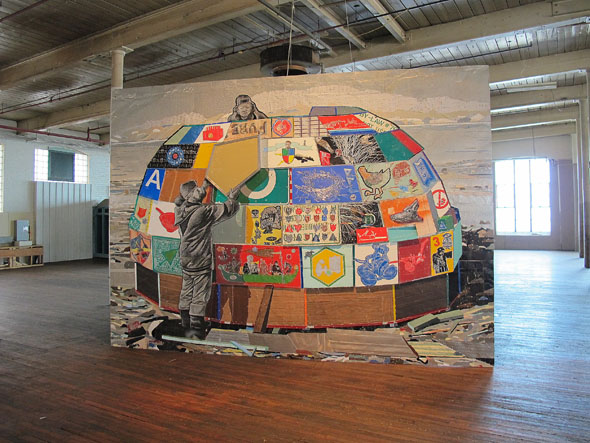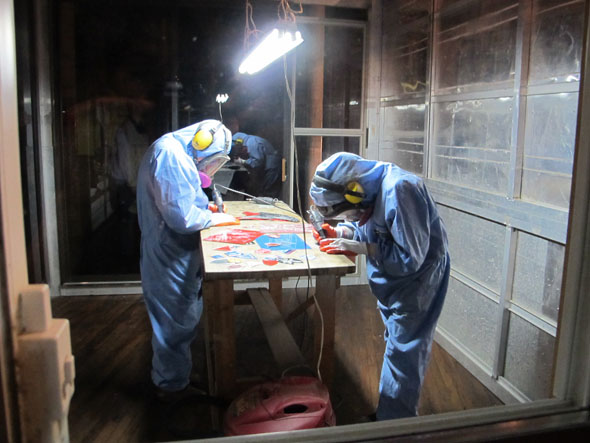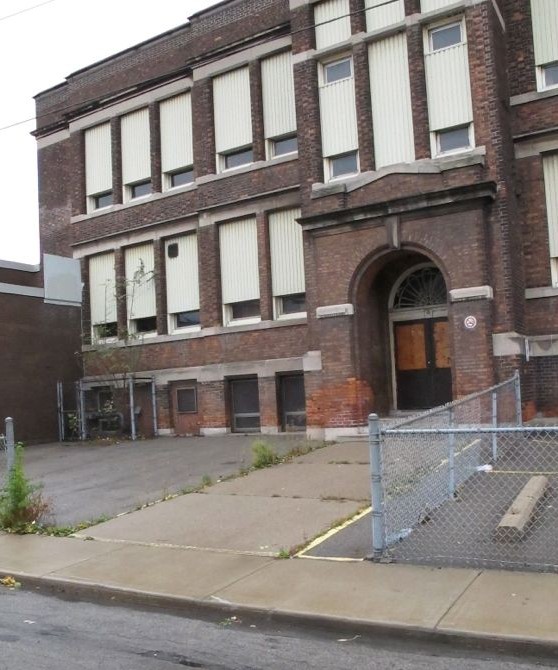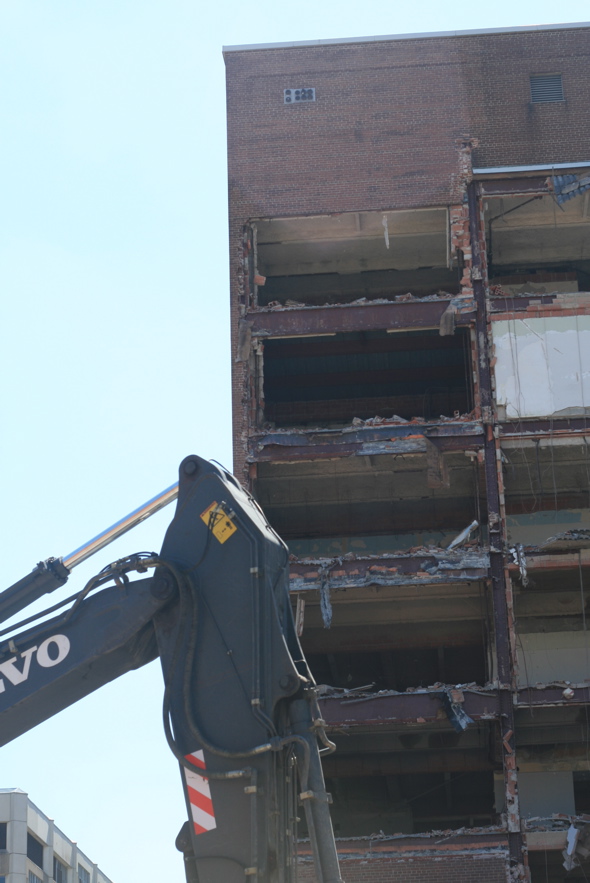When there’s a building slated for the demolition in Hamilton — and these days there have been a lot — I can’t help but reflect on the history, the architecture and the reminder of an era that is no more that is being knocked to the ground.
In the case of the City Motor Hotel in Hamilton’s east end, slated for expropriation and demolition, I get lost in daydreams of parties, banquets and cocktail hours when things were swinging à la Miami Beach-style some 50-plus years ago.
Back in the ’60s, car culture was hitting it big, highways were expanding, and cityscapes were evolving and sprawling to make room for the massive appeal, convenience and ever-growing popularity of the automobile.
With this, came a shift in how people moved from place to place, where they went and how they’d go about their business. Before personal automobiles became common, most people travelled to destinations by train and, when requiring a night’s accommodation, stayed at a hotel downtown, making use of the surrounding amenities to occupy their time.
But by the ’60s, downtowns were no longer considered a convenient rest stop for drivers on the way in and out of cities. People wanted to pull their cars directly up to the place they were staying and indulge in other new modern fancies of the era such as TV, air-conditioning and perhaps a luxurious outdoor pool. Thus came the growing popularity of motor hotels. In the ’60s these motels were affordable, modern and classy. Every city or town had at least one.
Growing up in Burlington, I remember the Town and Country Motel on Plains Road and the Riviera Motel over by the lake.
With the cityscape and land-use around them evolving, many of these motels are no longer on the edges of town. They often seem stuck in the past, declining in stature exponentially with every decade that passes.
These old monuments to the automobile’s golden age won’t remain forever.
Take for example the old City Motor Hotel on Queenston Road in Hamilton. It has most certainly seen better days and is on track to be expropriated by the city and demolished.
The City Motor Hotel has been notoriously labelled as a hot-bed of prostitution, drug-dealing, drug-use and other crime. Just the other day, I heard there was a stabbing. The owner sold it about 10 years ago, but is back in possession as the main mortage holder. At last report, the city is moving ahead with expropriation.
But I find myself fantasizing about a developer who might save the hotel, refurbish the kidney-shaped pool, and restore the hotel rooms back to mint 1960s vintage glory.
It could be a concept motel — a real throwback to the ’60s with Mad Men-themed parties, room rentals for fake proms, bachelor and bachelorette parties, and DJ nights with swinging ’50s and ’60s music.
It could be Hamilton’s little taste of an arty novelty boutique hotel similar to ones you might find in Palm Springs, Miami or L.A.
I know it’s a far-fetched idea, but what can I say: I love to dream.
Who knows what the fate of the City Motor is.
In the meantime, stop by, collect a memory or two, snap your photos and have a daydream before the hotel is no more.
This article was originally published in The Hamilton Spectator on Saturday, October 20th 2012. You can see the article here.


